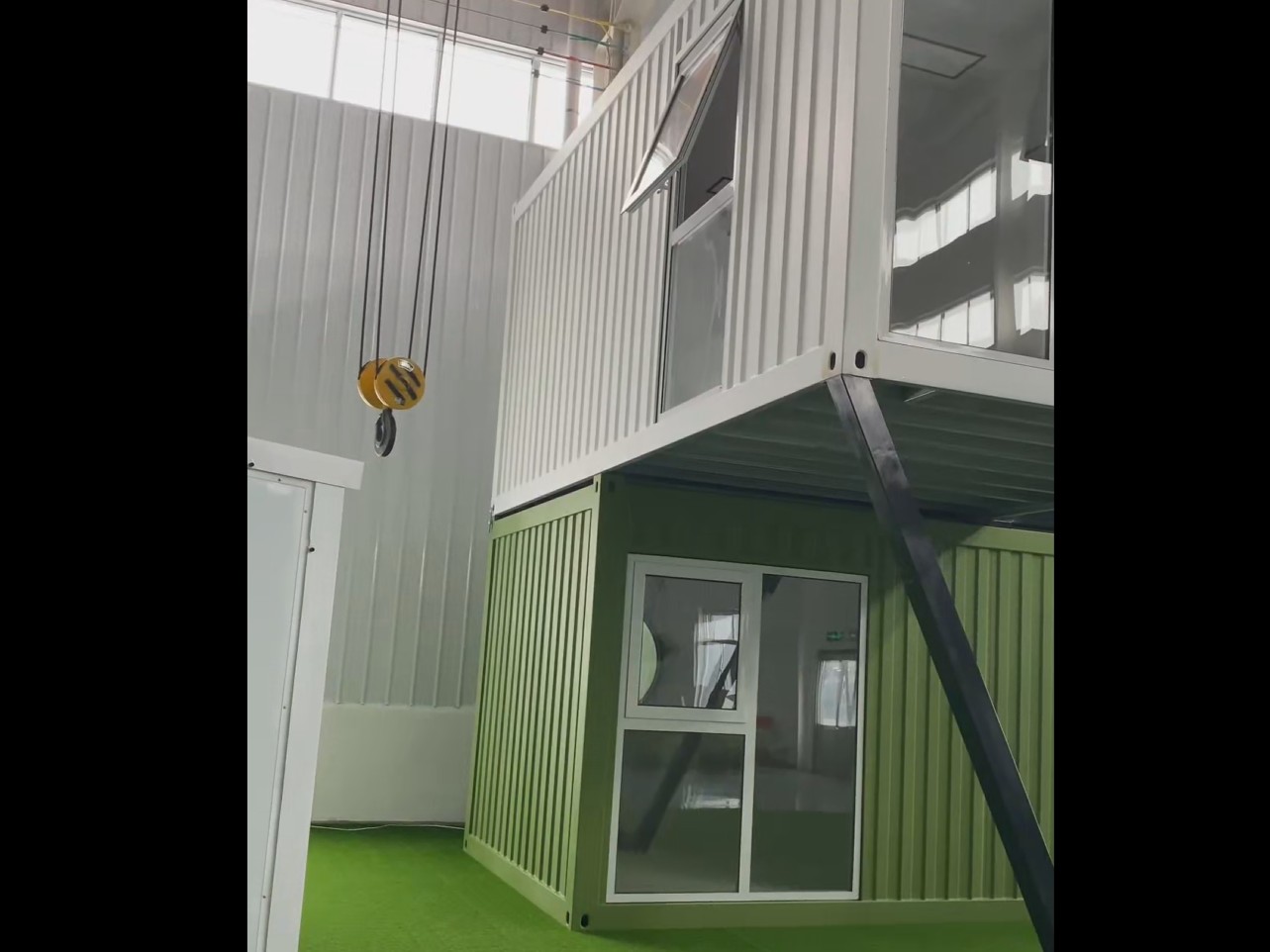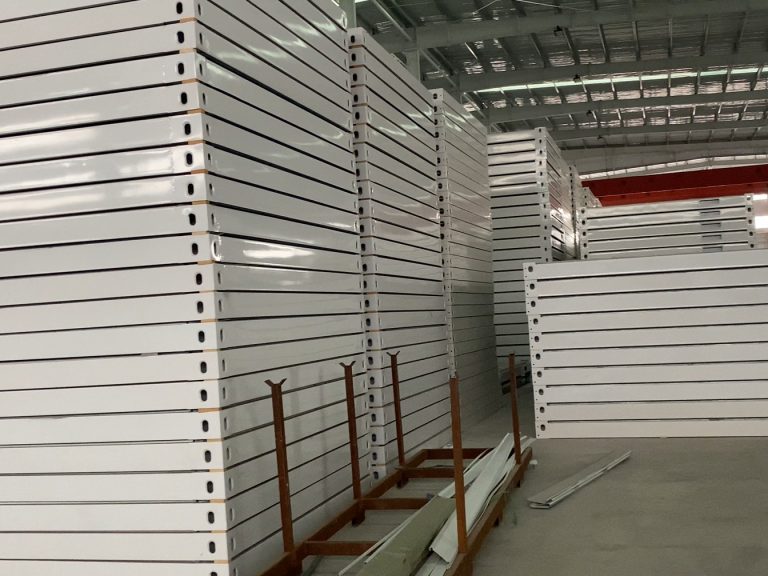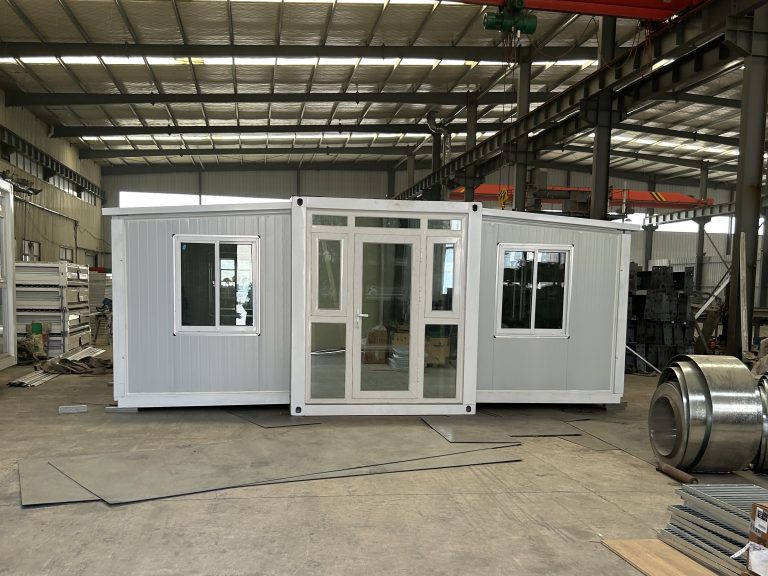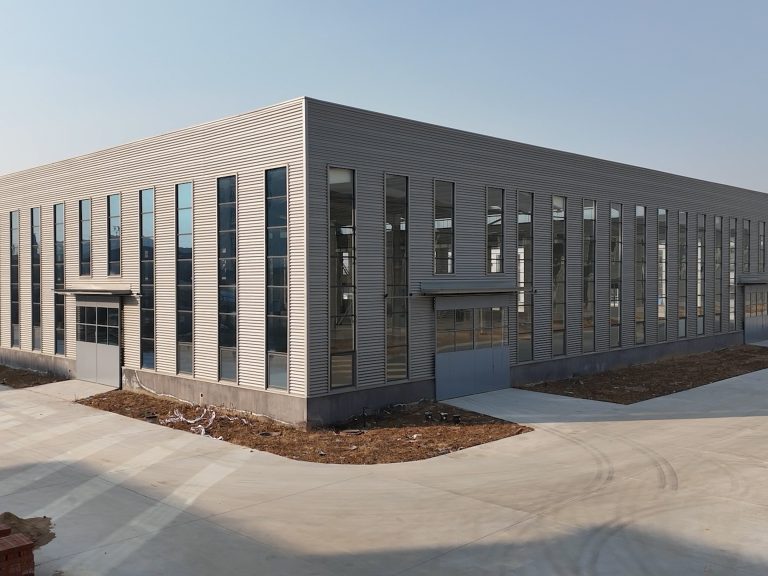Table of Contents
Benefits of Implementing RFID Technology in Steel Structure Construction
In the realm of construction, the use of technology has become increasingly prevalent in recent years. One area where technology has made a significant impact is in the management and tracking of materials, particularly in the construction of steel structures. The implementation of RFID (Radio Frequency Identification) technology has revolutionized the way materials are monitored and tracked throughout the construction process, leading to increased efficiency, accuracy, and cost savings.
RFID technology utilizes radio waves to transmit data from tags attached to materials to a reader, which then processes the information and updates the database in real-time. This allows for seamless tracking of materials from the moment they arrive on-site to their final placement in the structure. By using RFID tags, construction companies can easily monitor the location, quantity, and status of materials, reducing the risk of loss, theft, or misplacement.
One of the key benefits of implementing RFID technology in steel structure construction is the improved accuracy and efficiency in material management. With RFID tags, construction companies can quickly and accurately identify and locate materials, reducing the time and effort required to manually track and manage inventory. This not only streamlines the construction process but also minimizes the risk of errors and delays, ultimately leading to faster project completion and increased productivity.

Furthermore, RFID technology enables construction companies to optimize their inventory management by providing real-time visibility into the availability and usage of materials. By monitoring the movement of materials throughout the construction site, companies can identify potential bottlenecks or shortages and take proactive measures to address them, ensuring that projects stay on schedule and within budget. This level of transparency and control over materials also helps to minimize waste and reduce costs, ultimately improving the overall efficiency and profitability of construction projects.
In addition to improving material management, RFID technology also enhances safety and security on construction sites. By tagging materials with RFID tags, companies can track the movement of materials and equipment, making it easier to identify unauthorized access or theft. This not only deters potential theft but also helps to ensure that materials are used in accordance with safety regulations, reducing the risk of accidents and injuries on-site.
Another significant benefit of implementing RFID technology in steel structure construction is the ability to streamline the supply chain and enhance collaboration among project stakeholders. By sharing real-time data on material availability and usage, construction companies can better coordinate with suppliers, subcontractors, and other partners, ensuring that materials are delivered on time and in the right quantities. This level of collaboration and communication helps to prevent delays and disruptions in the construction process, ultimately leading to smoother project execution and higher customer satisfaction.
Overall, the innovation of material management and tracking technology, particularly RFID technology, has revolutionized the construction industry, particularly in the construction of steel structures. By improving accuracy, efficiency, safety, and collaboration, RFID technology has become an essential tool for construction companies looking to optimize their operations and deliver projects on time and within budget. As technology continues to advance, the benefits of implementing RFID technology in steel structure construction will only continue to grow, making it an indispensable asset for the intelligent construction of the future.
How AI and Machine Learning are Revolutionizing Material Management in Intelligent Construction Projects
In the realm of intelligent construction, the use of advanced technology has become increasingly prevalent in recent years. One area that has seen significant innovation is material management and tracking technology, particularly in the construction of steel structures. The integration of artificial intelligence (AI) and machine learning has revolutionized the way materials are managed and tracked throughout the construction process, leading to increased efficiency, accuracy, and cost savings.
One of the key benefits of using AI and machine learning in material management is the ability to automate and streamline processes that were once time-consuming and error-prone. By utilizing algorithms and data analytics, construction companies can now track the movement of materials in real-time, from the moment they are ordered to the final installation on-site. This level of visibility and control allows for better planning, coordination, and decision-making, ultimately leading to smoother and more efficient construction projects.
Furthermore, AI and machine learning technology can help construction companies optimize their inventory management by predicting future material needs based on historical data and project requirements. By analyzing patterns and trends, these advanced systems can anticipate potential shortages or overages, allowing for better resource allocation and cost management. This proactive approach to inventory management not only reduces waste but also ensures that projects are completed on time and within budget.
Another significant advantage of using AI and machine learning in material management is the ability to improve quality control and traceability. By tagging materials with unique identifiers and tracking them throughout the supply chain, construction companies can easily verify the authenticity and quality of each component, ensuring that only the highest standards are met. In the event of a defect or issue, this technology allows for quick identification and resolution, minimizing delays and disruptions to the construction process.
Moreover, AI and machine learning can enhance safety and security on construction sites by monitoring the movement of materials and detecting any anomalies or unauthorized access. By integrating sensors and cameras with intelligent algorithms, construction companies can prevent theft, vandalism, or accidents, ultimately creating a safer work environment for employees and contractors. This level of surveillance and control not only protects valuable assets but also ensures compliance with industry regulations and standards.
In conclusion, the innovation of material management and tracking technology in intelligent construction of steel structures has transformed the way projects are planned, executed, and monitored. By harnessing the power of AI and machine learning, construction companies can optimize their processes, improve efficiency, and reduce costs, ultimately leading to better outcomes for all stakeholders involved. As technology continues to evolve and advance, the possibilities for innovation in material management are endless, promising a future of smarter, safer, and more sustainable construction practices.







